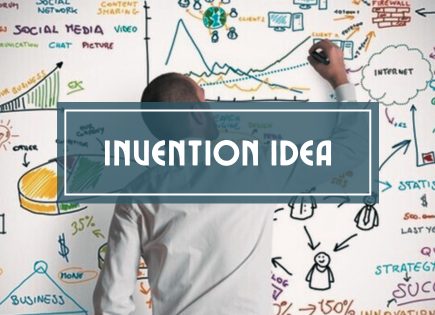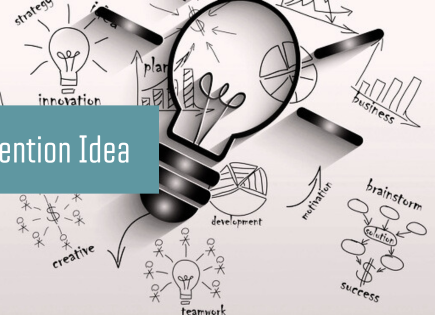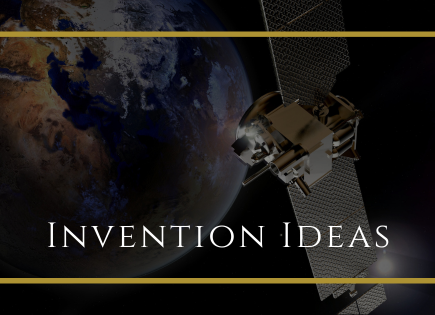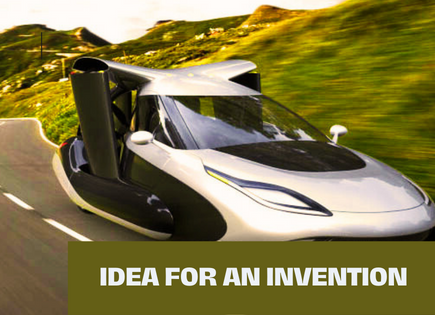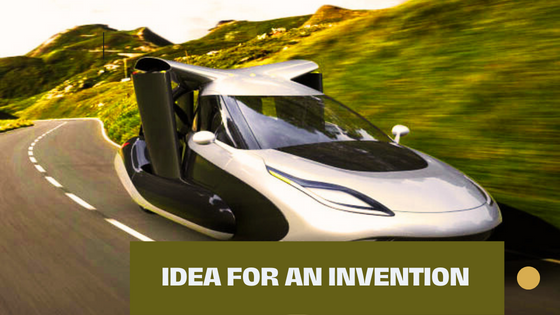Although Jeremy Piven is best known for his outstanding acting performances on both the big and small screen, his dedication to making a difference in the world extends far beyond these roles. Actively taking part in various charitable projects and social causes, Piven’s off-screen presence is just as influential as his on-screen one.
Piven’s Philanthropic Endeavors
Throughout his career, Piven has consistently involved himself in several charitable organizations and causes. His hands-on approach to charity illustrates his earnest desire to utilize his celebrity status to create maximum impact and spread awareness for the causes he deeply cares for.
Support for Environmental and Wildlife Causes
Piven is notably passionate about environmental and wildlife causes. He has participated in fundraising events for organizations such as the Natural Resources Defense Council (NRDC), and Oceana – focusing on the protection and preservation of oceans and marine life. By lending his support to these organizations, Piven not only contributes to the financial sustenance of these groups but helps engage the public in environmental awareness, initiating a collective effort towards the preservation of our planet.

Commitment to Medical and Health-related Causes
In addition to his contributions to environmental causes, Piven has also lent his support to health-related charities.
Enriching the Arts through the Piven Theatre Workshop
It’s no secret that Jeremy Piven comes from a family with a deep-rooted passion for the performing arts. His parents, Byrne Piven and Joyce Hiller Piven, founded the Piven Theatre Workshop in Evanston, Illinois in 1971. Jeremy Piven has stayed connected to his family’s legacy by offering scholarships and support to the workshop, promoting a space where budding actors and theatre enthusiasts can hone their skills in the performing arts.
Conclusion
Jeremy Piven’s dedication to giving back to society highlights his compassionate and empathetic nature beyond his on-screen characters. His consistent commitment to philanthropy and activism sets a positive example not only for those in the entertainment industry but also his fans worldwide. By using his platform to shed light on critical causes, Piven undoubtedly demonstrates the power of empathy and collaboration in driving sustainable change for a better world.


